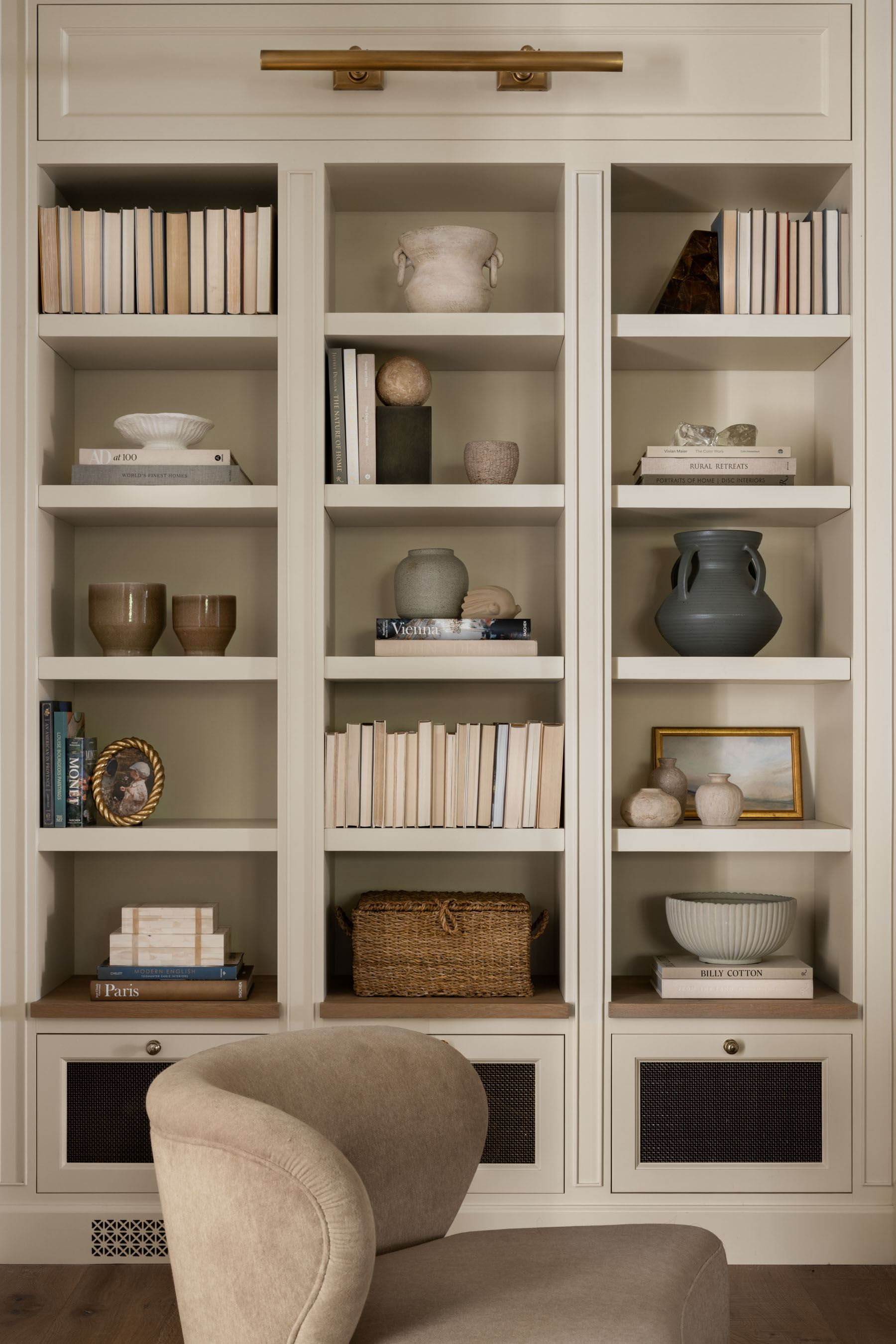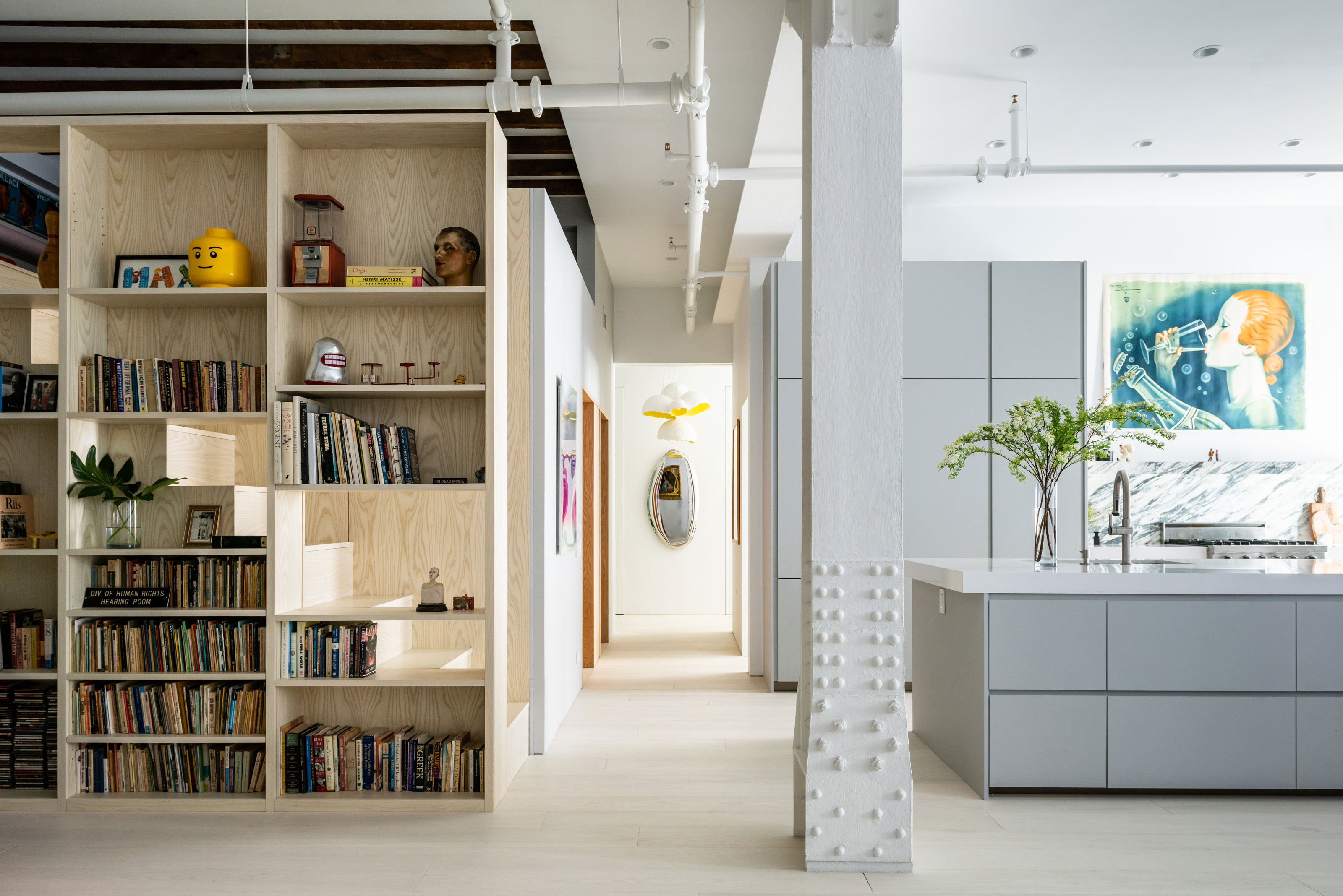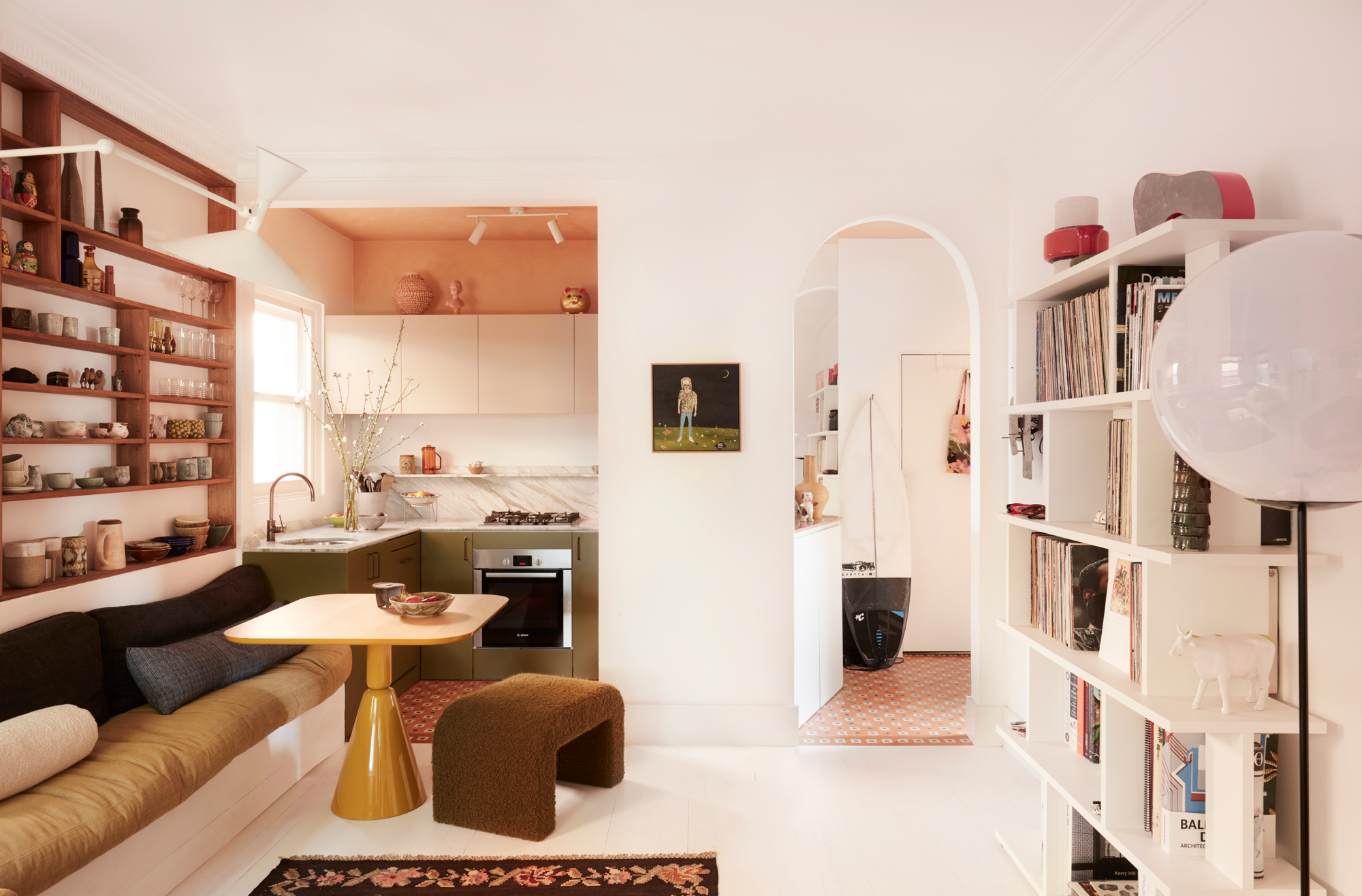
Understandably, sentimental items are often the things people find hardest to let go of purely because of the memory attached to it.
However, there are ways to begin the process positively, according to Kimberly Corey, Founder of Finely Sorted Organizing. ‘The definition of clutter is anything you don't use, love or have to keep, so to begin decluttering what you don't love among your collected sentimental items you must first carve out an uninterrupted time to dedicate to it,' says Kimberly. 'Be sure there is nothing pressing or emotionally charged hanging over your head, that you are well rested, have water and plenty of light and space to process items.’
Need advice for how to declutter your home of things with sentimental value? Here's what the experts recommend.
1. Start small

Starting on a small scale is key to easing you into the process of decluttering a room with too much stuff without immediately feeling overwhelmed. Having an open space where you can lay everything out will also help to evaluate what/how much you want or need to keep. ‘Choose a specific space to sort through first, like a closet or a desk, so you can focus on one area at a time,' says Karina Toner, an organizer from Spekless Cleaning. 'This helps prevent the emotional and physical exhaustion that can come with tackling an entire room all at once.'
Once you have chosen an area to tackle, you’ll need to start by categorizing ‘Create designated piles or containers for things you want to keep, donate, or repurpose. This step provides clarity and helps you visualize the volume of items in each category, making subsequent decisions more straightforward,' Karina adds.
As you sort through, it’s a good idea to lightly reflect on the sentimental value of each item: ‘Consider all the memories associated with it. This reflection can help you distinguish between items with genuine emotional significance and those that might be kept out of habit,' says Karina.
2. Ask the right questions

There are particular questions you can ask yourself when organizing sentimental possessions to help avoid 'analysis paralysis'. Karina suggests, ‘Firstly, does it bring you joy? This question is arguably the most challenging yet pivotal one in the decluttering process. Sentimentality often intertwines with positive emotions, making it difficult to discern whether an item genuinely brings joy or if it's kept out of habit.’
Be sure to answer honestly and visualize the end of the process to encourage you further. Next, how often do I use it and does it fit within my space constraints? Consider the practicality of the item, it helps to prioritize with a slightly different perspective. ‘Can I preserve the memory in another way? Explore alternative ways to preserve the memory associated with the item. Whether through photographs, journaling, or other creative means, consider if there are ways to capture the essence of the item without physically keeping it,' says Karina.
This allows you to maintain the sentimental connection while minimizing physical clutter. Would someone else benefit more from having this item? It may feel an easier decision to let go if passing onto someone else. Lastly, do I feel burdened by keeping this item? Assess whether certain items are causing clutter and stress in your home or limiting your enjoyment of your space. You may be surprised at how much you feel able to part with.
3. Reserve a small space

Remember, not everything needs to go. It’s good to keep a small box of cherished items that you do feel the need to keep hold of to help declutter without regretting it. ‘The items you do decide to keep may not be on display but do hold immense sentimental value. This allows you to preserve memories without cluttering your everyday living space,’ says Karina.
4. Moving on without guilt

Letting go can be a hard decision, but making peace involves recognizing that memories are not just within the physical objects you’ve held onto all this time. Sarah Giller Nelson, Founder and Master Organizer of Less is More says to remember that passing on an item that reminds you of someone does not make the relationship you have with them any less special. ‘Choose the items that serves as the best representation of that person or the relationship you had with them,' Sarah says.
This will no doubt help narrow down what you choose to keep and remove any guilt you may be obtaining. The goal is to create a living space to reflect your present and future, not hold on to the past. Consider sharing the stories and memories of your sentimental items with friends and family. ‘This can create a sense of closure and allow you to pass on the sentimental value without keeping the physical item,’ recommends Hashi Mohamed, President at Ivy Cleans.
How to declutter a room of sentimental items can be a challenging but liberating process and there is that irrational fear lurking that letting go of an item is letting go of the memory or of the person. However, sentimental items are often stored away in a box somewhere where you don't see them until you revisit it, so decide if you will really miss having the item to refer back to or not, and ask yourself if you will regret no longer having the physical version.







